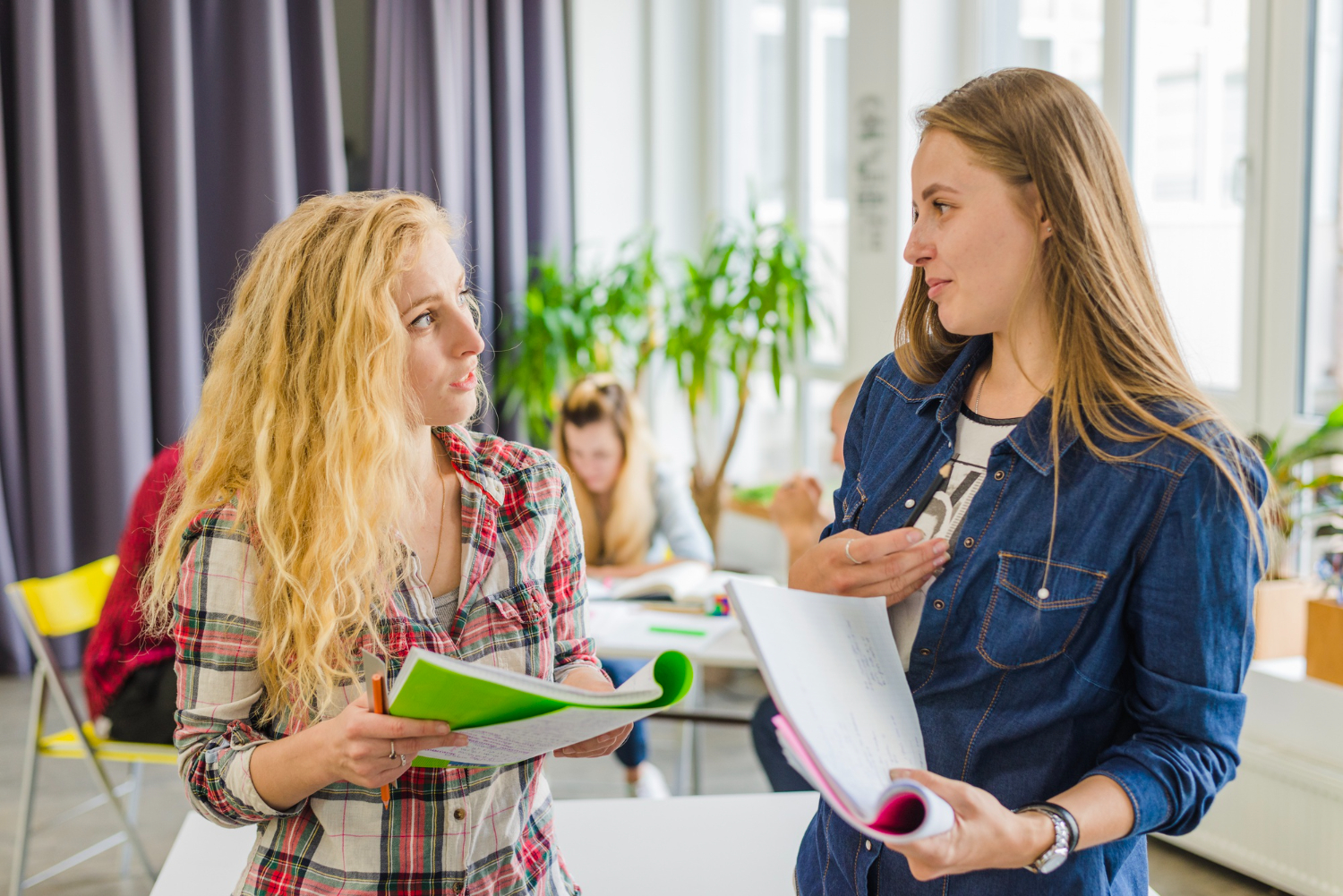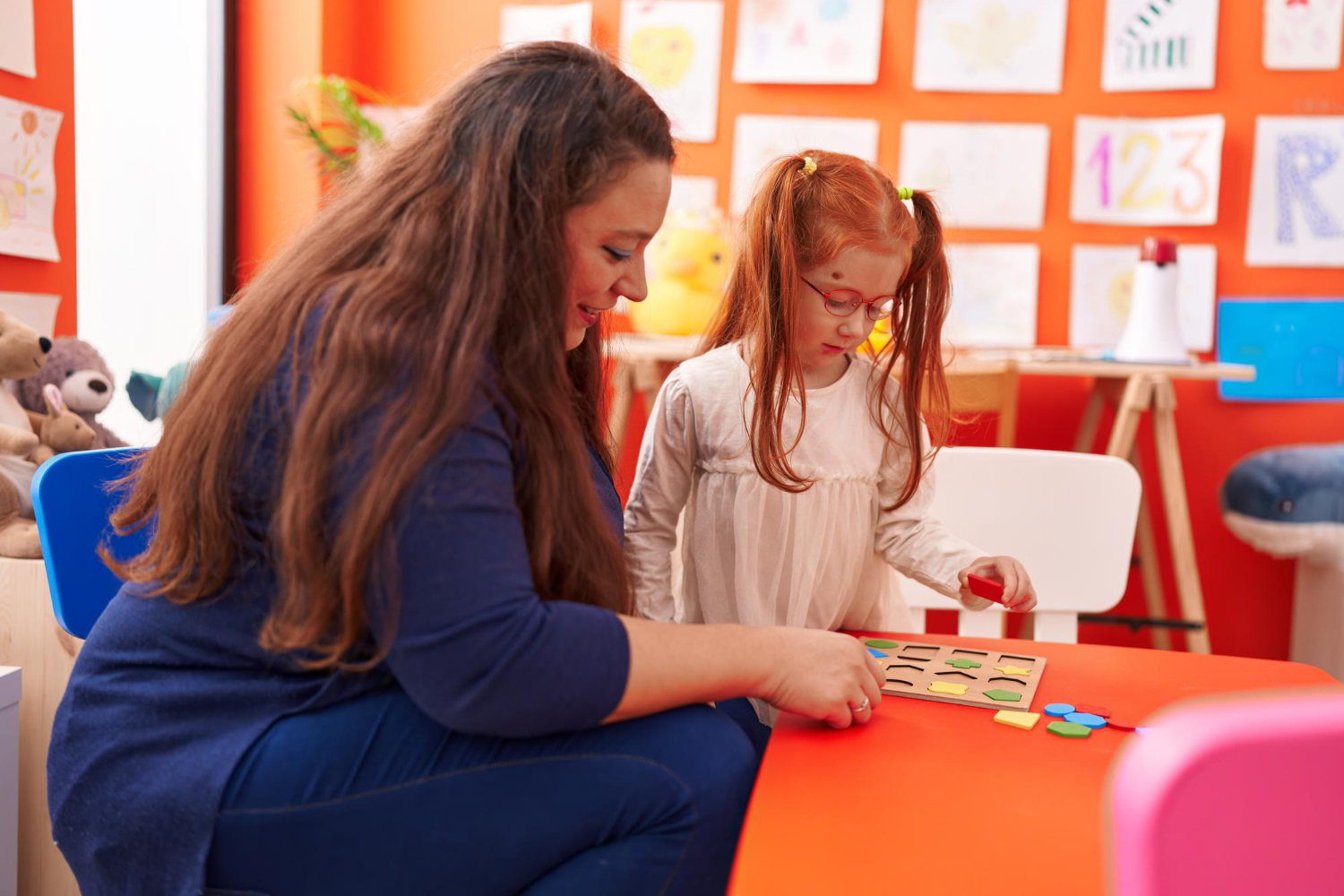Teaching assistants (TAs) play an essential role in supporting teachers and enhancing the classroom experience for students. When teachers and TAs work together effectively, they can create a learning environment that promotes student engagement and success.
However, strong collaboration doesn’t happen automatically—it requires clear communication, mutual respect, and a shared understanding of each other’s roles.
In this article, we explore practical tips to help teaching assistants collaborate more effectively with teachers and what benefits this has on individual students and the classroom as a whole.











